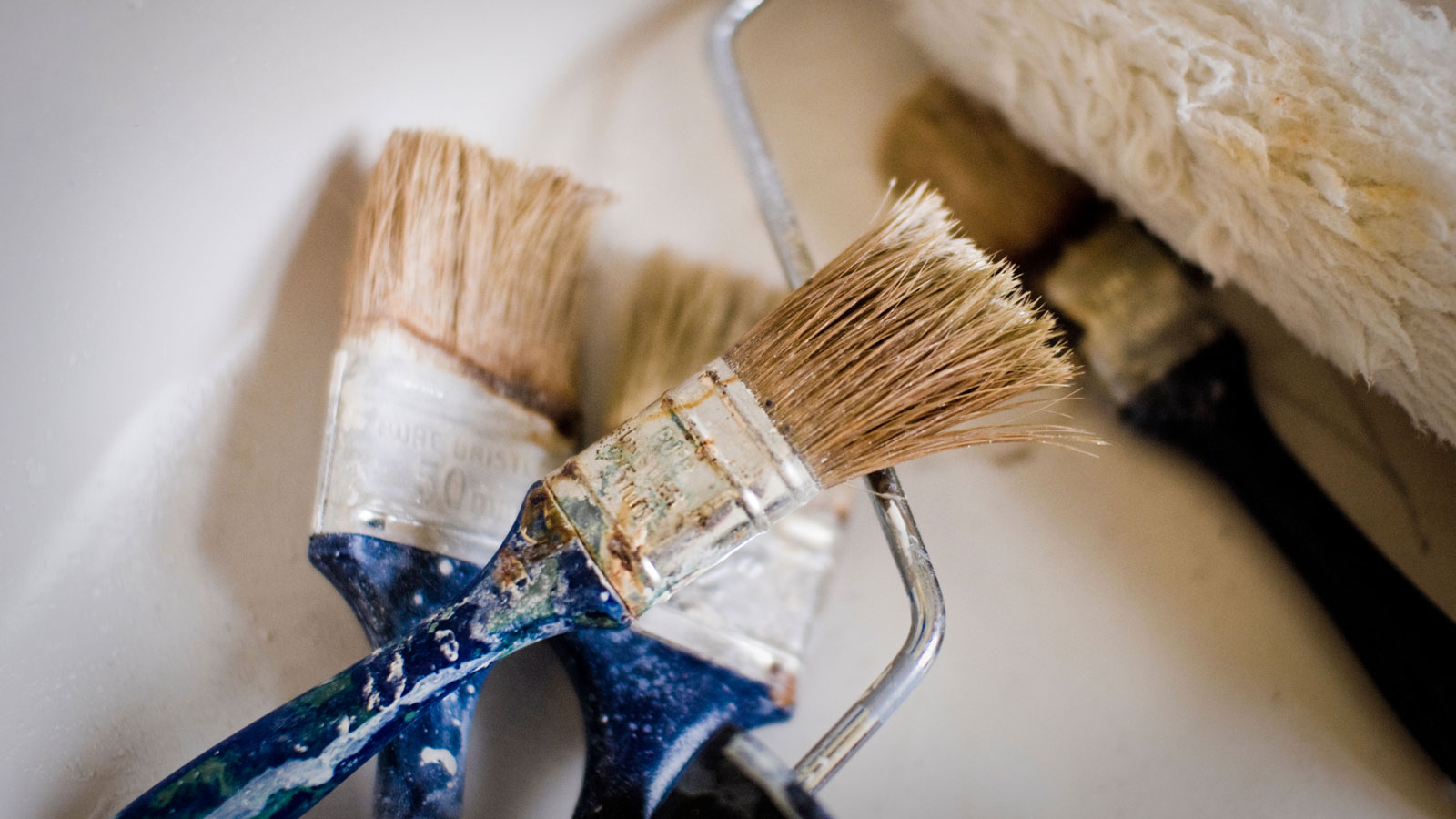
If you're not sure what to do with old DIY supplies, we've got you covered. It's not always easy to know whether items can be recycled, or if you can get away with using them on your next upcycle.
- See also: 35 DIY projects – easy ideas for beginners and budget-friendly to boot
No one wants to create unnecessary waste, so MattressNextDay looked at which items we should get rid of right away, and what's fine to reuse.
Old paint
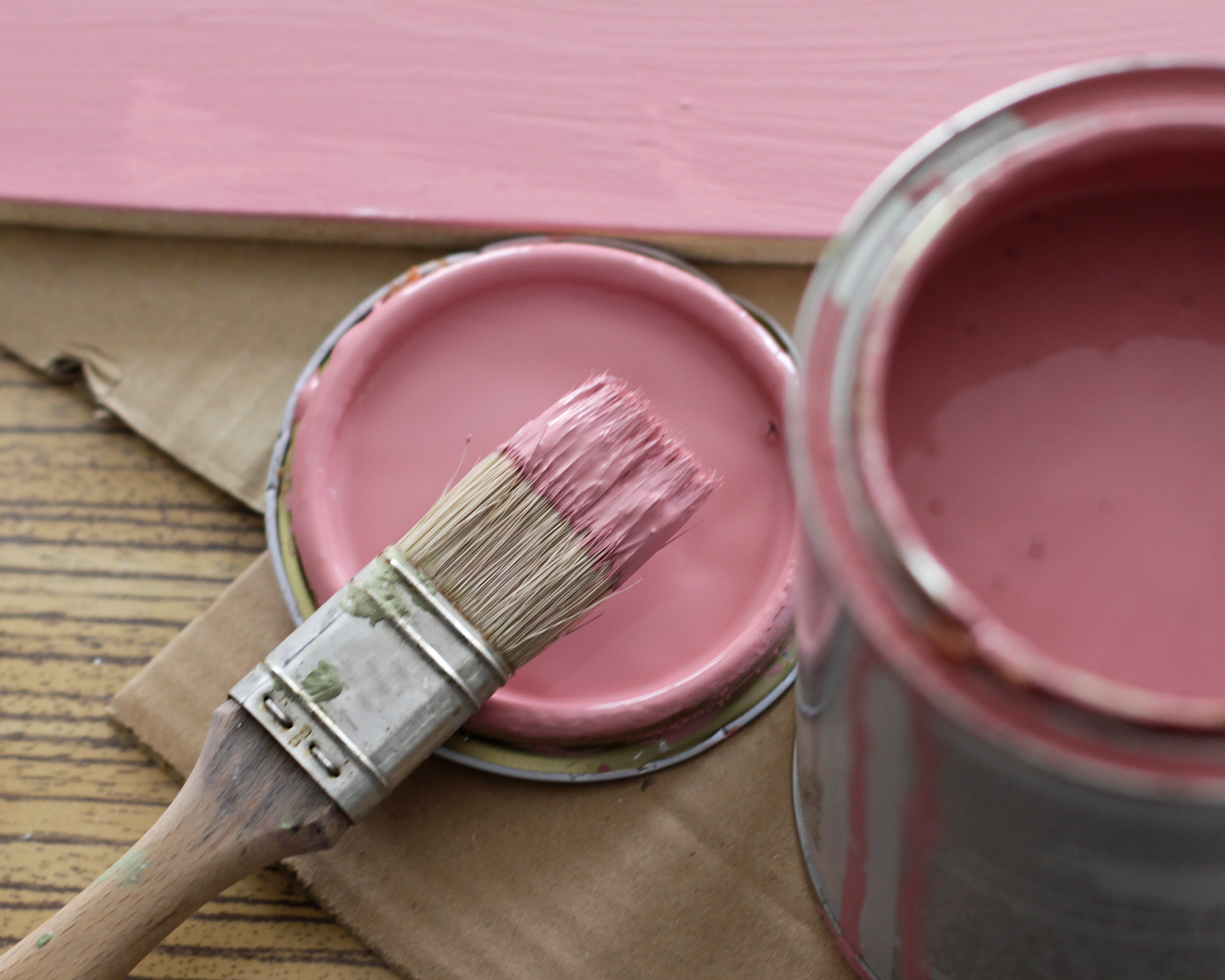
If your paint has separated, don't use it, because it could give you an inconsistent color and finish. If you're about to redecorate, read our guide on how to paint a room to help you get it done quickly.
What to do with it:
Recycle it - unfortunately, old paint can’t be resurrected and needs to be taken to a local recycling centre. This is because liquid paint is banned from landfills.
The paint will also need to be hard. It’s easy to speed up the hardening process if you need to - simply add some sawdust, soil or sand and leave it to solidify.
Hardened paintbrushes
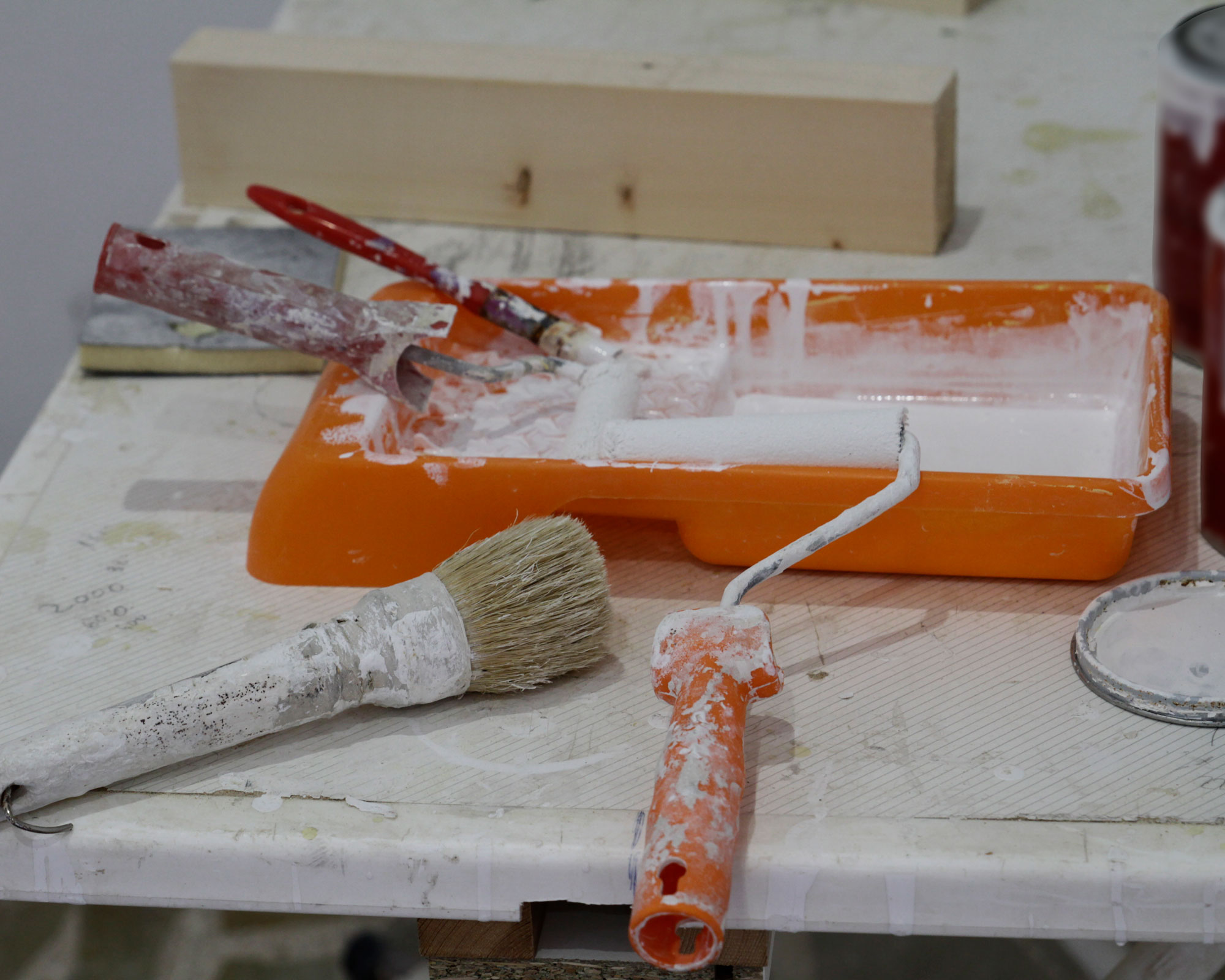
Just like old paint, a hardened paintbrush can lead to streaks or inconsistent colouring on your walls or furniture.
Join our newsletter
Get small space home decor ideas, celeb inspiration, DIY tips and more, straight to your inbox!
What to do with it:
Reuse it, but only once you've fixed it with fabric softener. To do this, remove the excess paint from the brush as much as you can.
Next, fill a bowl with ¼ fabric softener, and the rest (¾) water. Swirl the paintbrush around in this mixture. Once clean, rinse and leave the brushes to dry horizontally on a flat surface.
If they’re left upright, the water will seep into the handle and damage the brush.
Painting an old chest of drawers or kitchen chair? Take a look at our roundup of the best paint for furniture.
Old wood
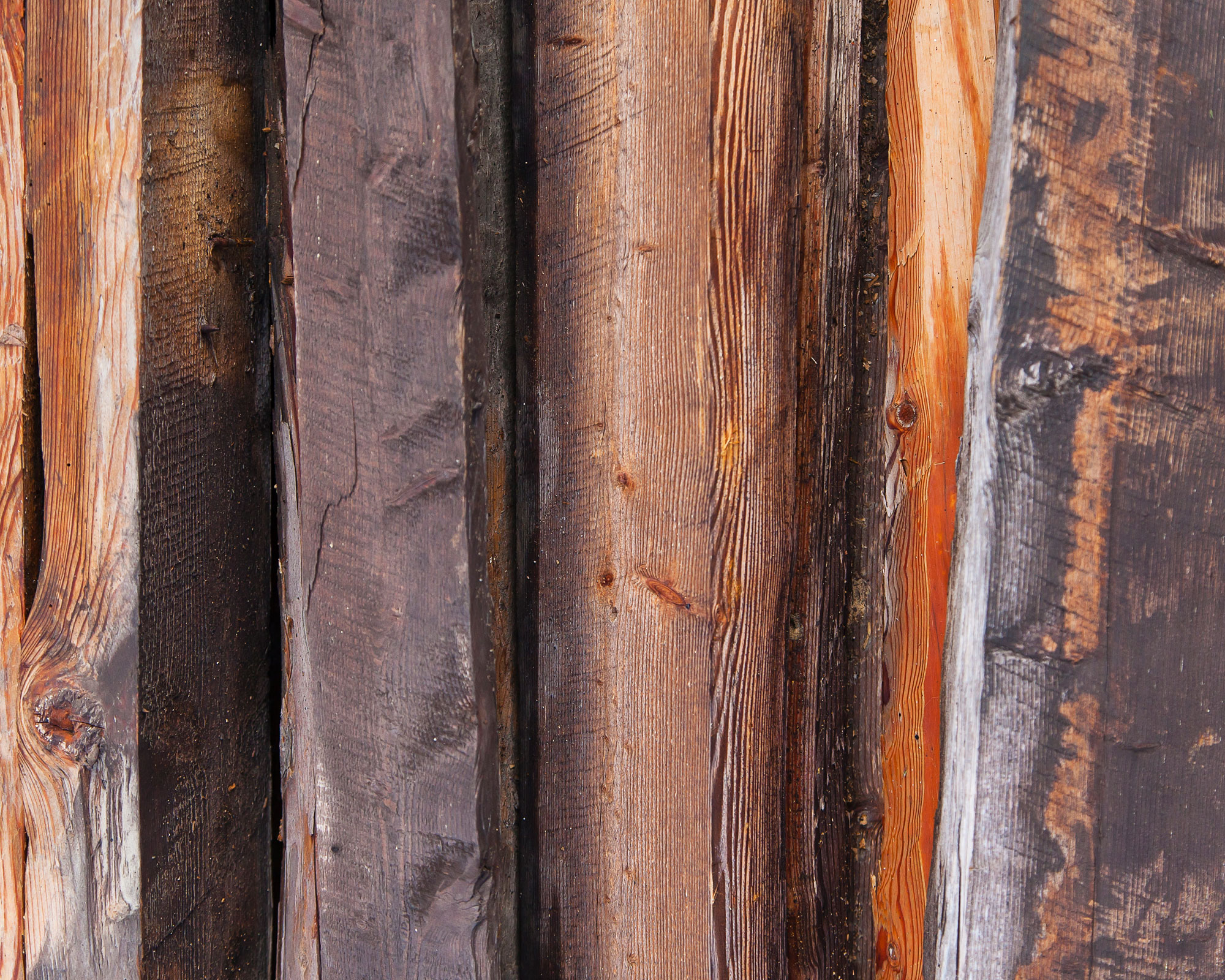
DIY tasks can spark excitement, but before you reuse old bits of wood, check carefully for mould. Wood soaks up water easily, creating mould.
Recycle it by heading to the best wood recycling centre in your local area. In the future, always store any wood off the ground and in a dry environment.
Old tools that haven’t been serviced
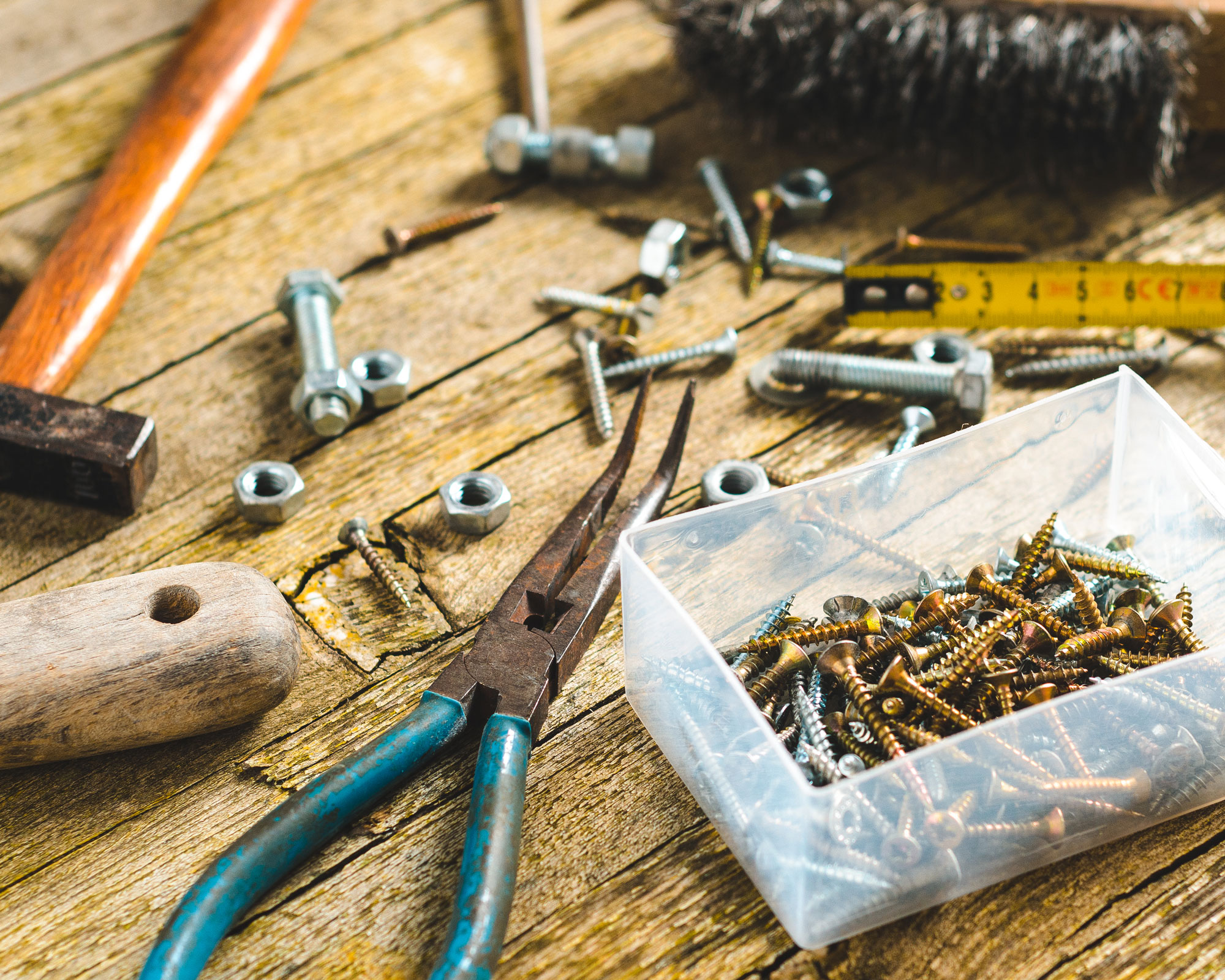
All tools have a limited lifespan and can be dangerous.
What to do with it:
Replace old, un-serviced tools to prevent any hazards from occurring. Get your tools checked and serviced at least once a year for peace of mind.
Some tell-tale signs of a tool to discard include fraying cords, loose fittings, or rusting on a blade. However, a simple rule is that if it doesn’t look right, just don’t use it.
Wallpaper paste
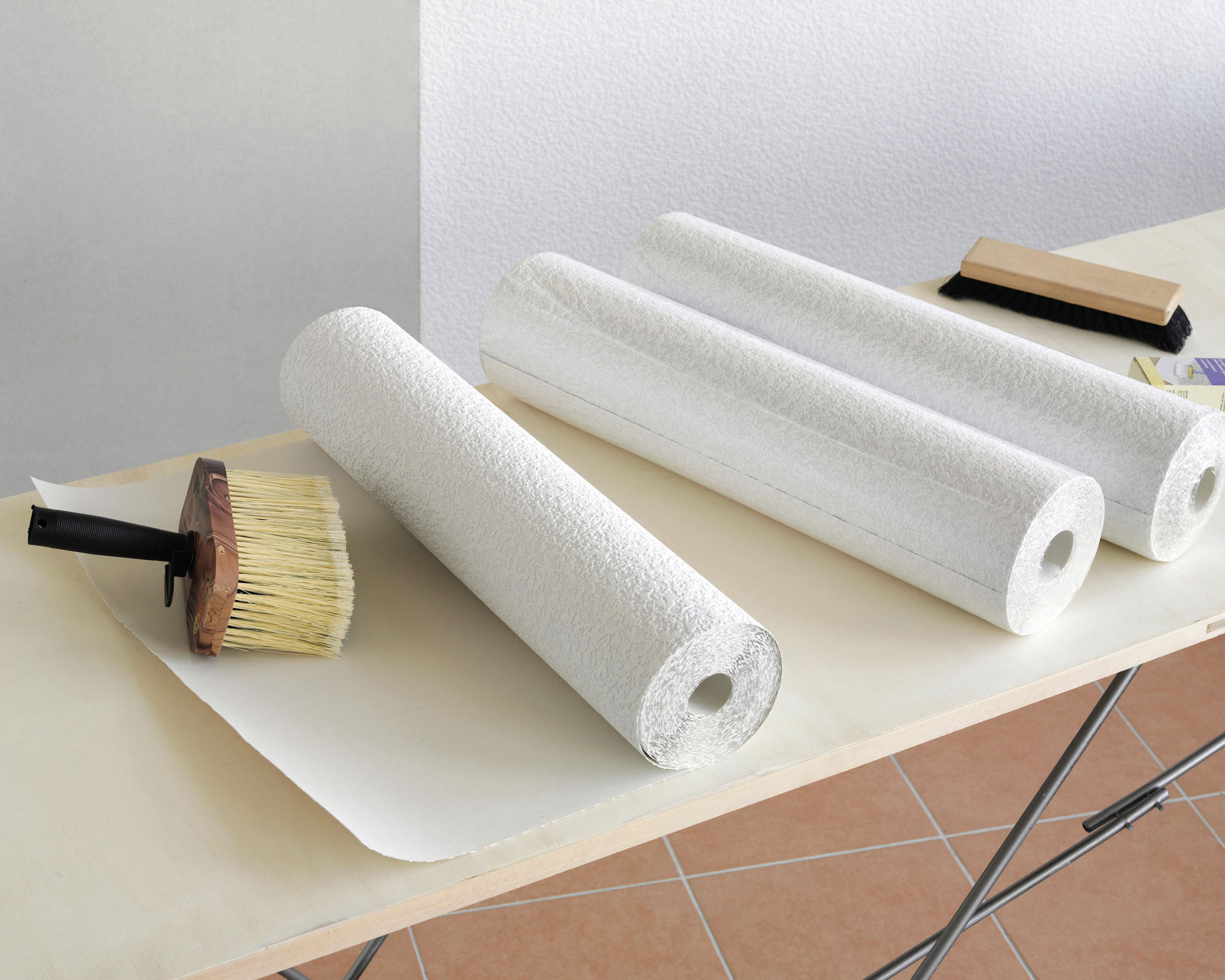
When making wallpaper paste, make sure that you mix just the amount you need, and no more. It has a very limited shelf-life of just one to two weeks, and that’s only if it’s kept in an airtight container.
What to do with it:
Reuse it if you can. If you're doing some wallpapering, check out our guide on how to wallpaper a wall to make the process headache-free.
If your wallpaper paste is too runny, then it’s no longer of use and should be replaced.
Millie joined Real Homes in early 2021 as a homes news writer. When she isn't writing about trends, makeovers and houseplant care, she spends her free time making tweaks to her rented flat in North London. Her next project is a very basic armchair reupholstering job to help create a cosy reading nook in her living room. She loves browsing antique centres, tending to her small front garden, and is never without some fresh flowers at home.
-
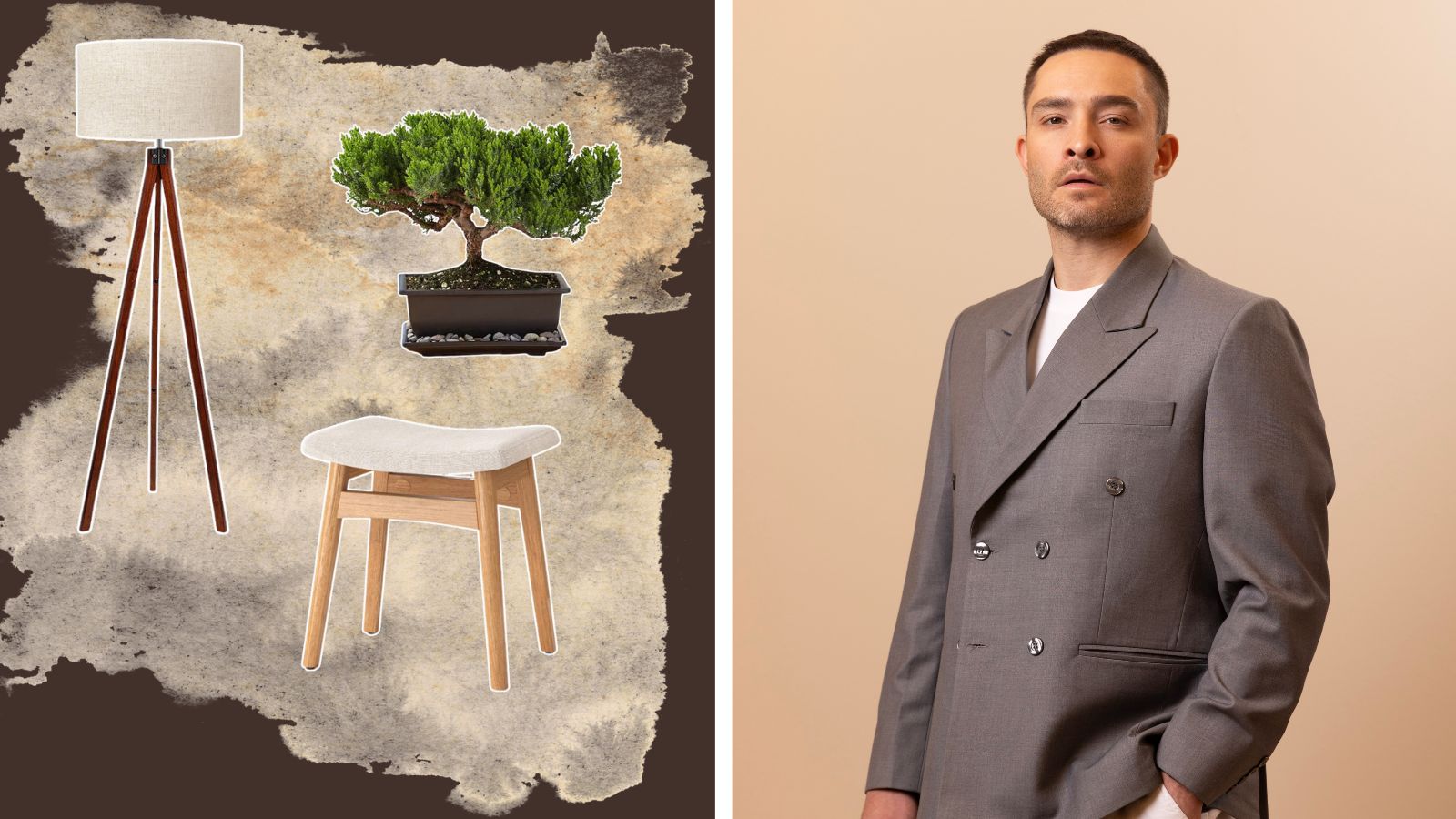 Ed Westwick's house reno is a minimalist dream with all of 2024's most popular trends — here's how to get the look
Ed Westwick's house reno is a minimalist dream with all of 2024's most popular trends — here's how to get the lookEd Westwick's house is a minimalist haven that nails all of 2024's trends — here's what to shop to copy the look
By Danielle Valente Published
-
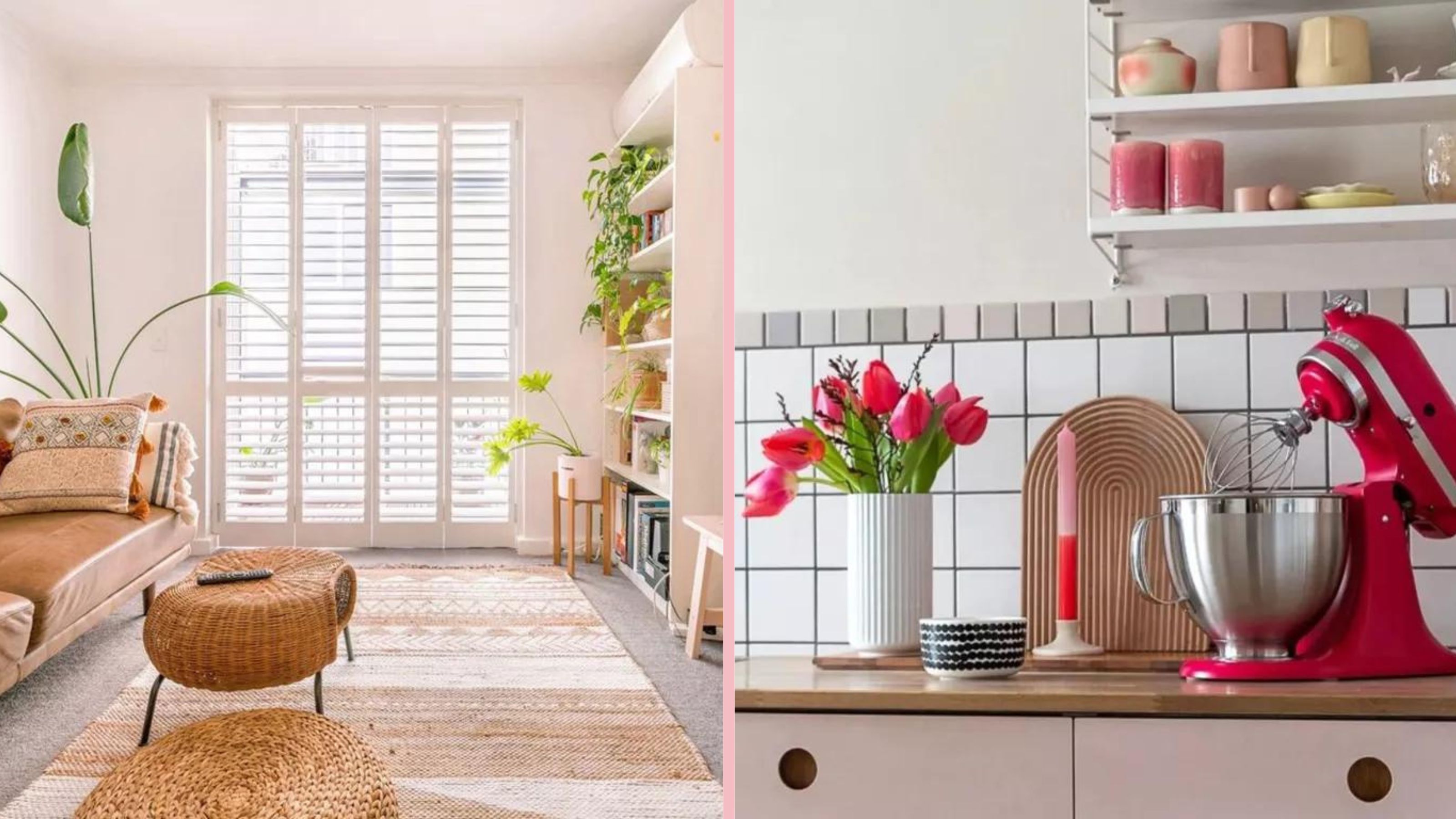 10 ways to cover up ugly rental features — and create cozy ambiance instead
10 ways to cover up ugly rental features — and create cozy ambiance insteadSee how to cover ugly rental features with peel-and-stick wallpaper, area rugs, pendant light shades, and more. Spruce up your apartment, ASAP.
By Holly Phillips Last updated
-
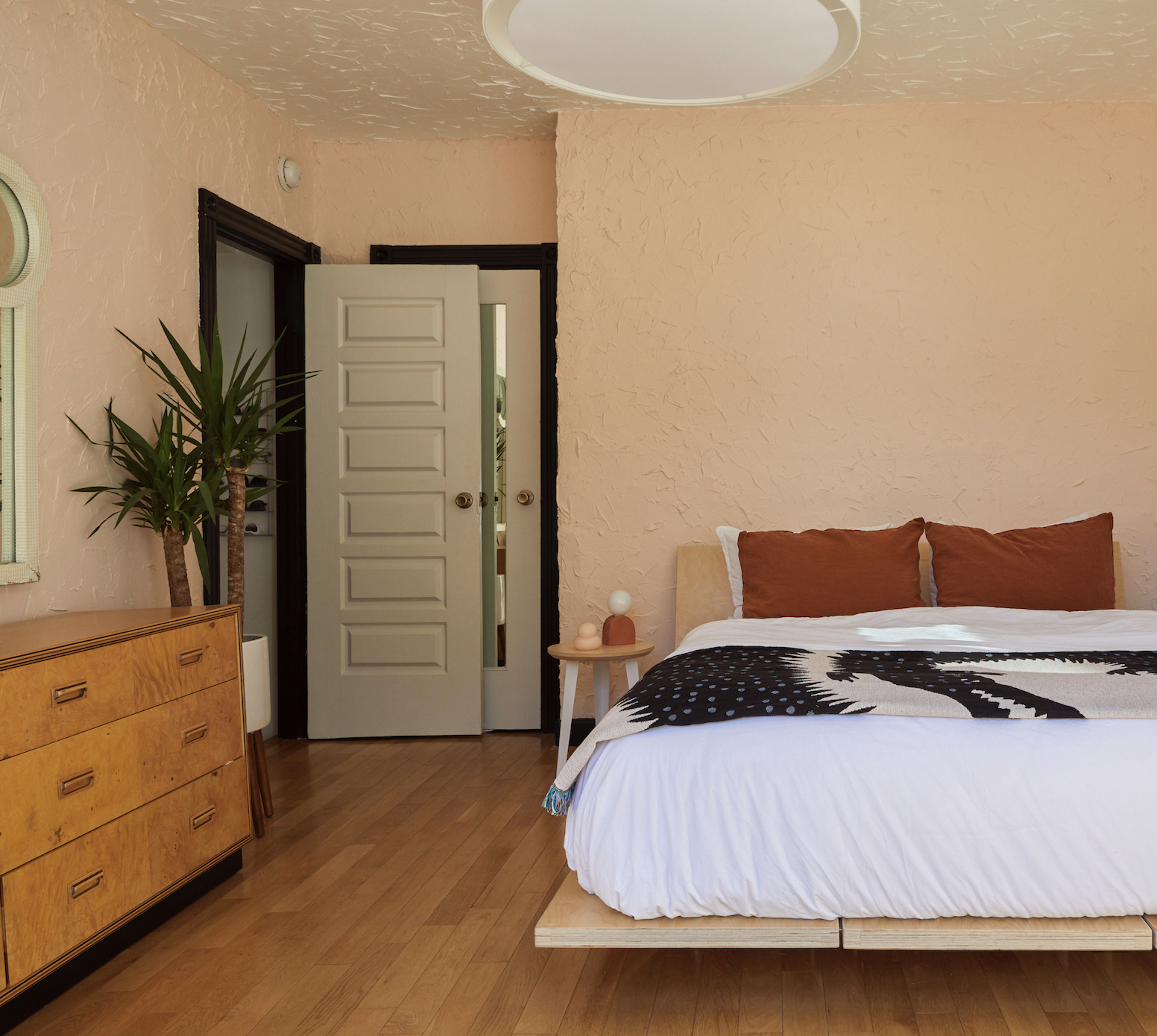 8 of the best paint colors to enhance small spaces, according to experts
8 of the best paint colors to enhance small spaces, according to expertsThe right paint colors for small rooms can be transformative, making your home feel instantly lighter and brighter
By Sophie Warren-Smith Published
-
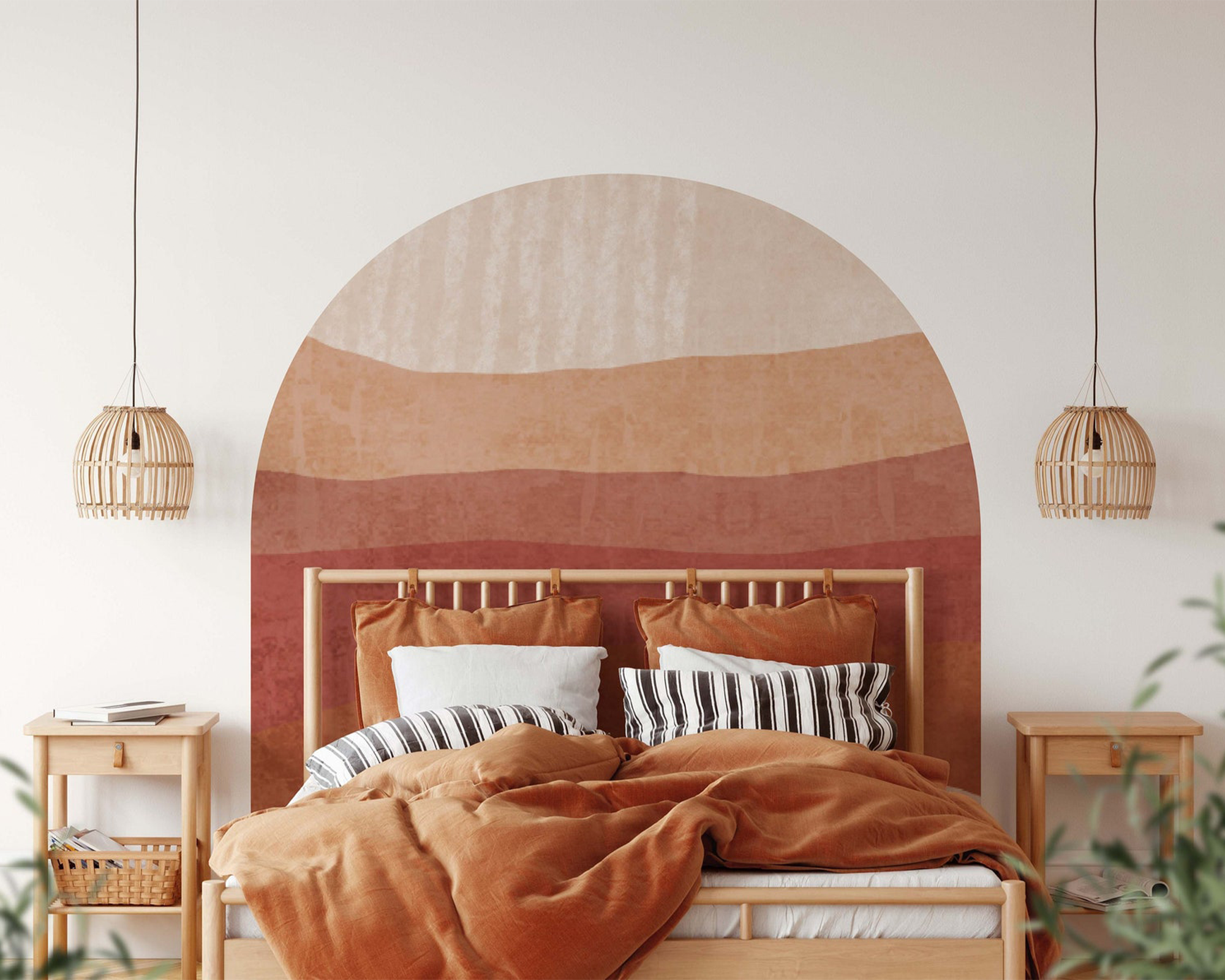 6 ways to incorporate this year's trending colors without paint
6 ways to incorporate this year's trending colors without paintNod to all the 2022 home color trends without grabbing a paintbrush
By Amanda Lauren Published
-
 How to paint a door and refresh your home instantly
How to paint a door and refresh your home instantlyPainting doors is easy with our expert advice. This is how to get professional results on front and internal doors.
By Claire Douglas Published
-
 How to paint a radiator in 7 steps
How to paint a radiator in 7 stepsPainting radiators properly is all about choosing the right paint and the best process. Get interior designer-worthy results with our how-to.
By Kate Sandhu Published
-
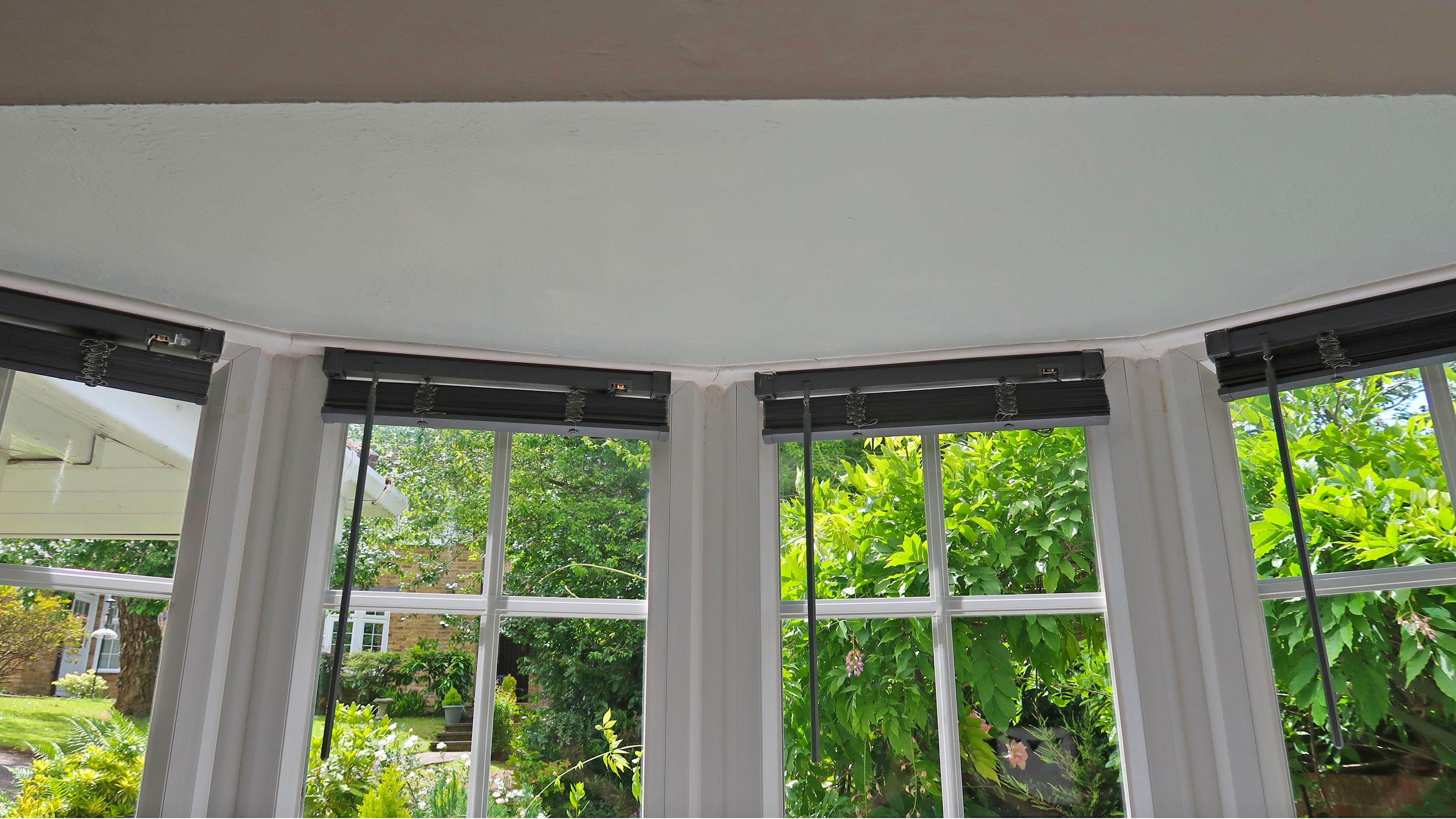 How to paint a textured ceiling in a day or less
How to paint a textured ceiling in a day or lessLearning how to paint a textured ceiling requires a slightly different approach to a smooth surface, whether you need to paint a popcorn ceiling or refresh some woodchip
By Claire Douglas Published
-
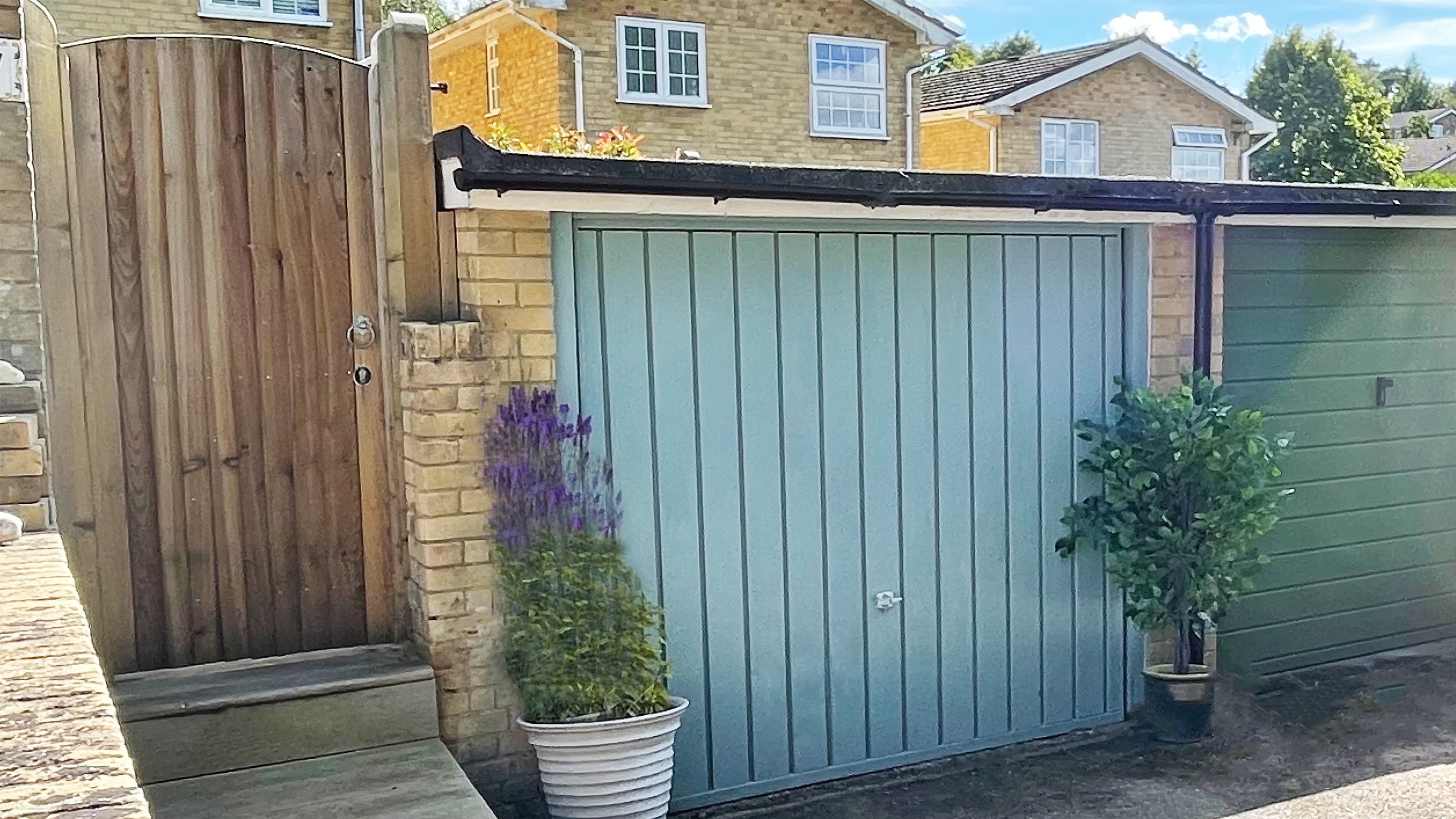 How to paint a garage door: metal, steel, fiberglass or for a wood effect
How to paint a garage door: metal, steel, fiberglass or for a wood effectA step-by-step on how to paint a garage door made from metal, steel, fiberglass or wood. Choose the right paint and priming may not be necessary and there are many more factors to consider for a professional-looking finish...
By Claire Douglas Published